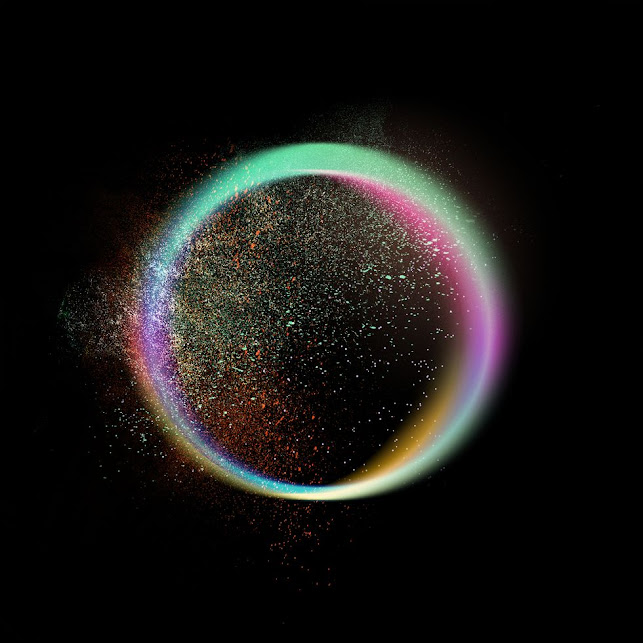Scientists at the Large Hadron Collider (LHC) have recorded some highly unusual data that could point to an entirely new force of nature, which would mean a whole new area of physics. The secret lies in an elusive, unstable particle called a B meson, which isn’t biodegrading according to plan.
The scientists at the European Organization for Nuclear Research (CERN) call B mesons “tantalizing tensions,” since the particles break apart into different amounts of electrons and muons than the standard model of physics predicts they should.
B mesons are paired quarks that move together and rapidly decay. While scientists have noticed several previous anomalies in B mesons, this latest observation in decay mode is an even bigger deal. As the B mesons decay in the LHC, there are more electrons and fewer muons than there should be.
During particle runs at LHC as part of the LHCb experimental team, the physicists scrutinized the rarest occurring B meson decays. B mesons decay in a variety of ways, and the ones observed here are some of the most unusual.
The Guardian reports the likelihood of CERN’s results being a fluke are just one in 1,000, but that isn’t a small enough chance for the standards of physics observation—scientists prefer to reduce the chance of a fluke to one in over 1 million.
The B meson, short for beauty meson, is one of the major focuses of study by the LHCb experimental team. This major LHC project studies all the beauty quarks, of which B mesons are just one example. CERN explains:
“The measurement made by the LHCb collaboration compares two types of decays of beauty quarks. The electron and the muon, together with a third particle called the tau, are types of leptons and the difference between them is referred to as ‘flavours’. The Standard Model of particle physics predicts that decays involving different flavours of leptons, such as the one in the LHCb study, should occur with the same probability.”
This is where the difference emerged: the flavors aren’t occurring with the same probability. What could account for the discrepancy? Scientists aren’t sure, but if it really is legitimate, it means we’ll need a new specific flavor of physics to go with the mismatched lepton flavors found in the experiment. The lack of a clear explanation is exactly why this news is so exciting.
CERN says the LHCb experimental team is well positioned to continue to explore this unpredictable difference. They’ll upgrade the team’s detector next year and start running new versions of the experiment. With more results that show the same anomaly, the team will be able to confirm or deny the existence of a new kind of physics to match.

